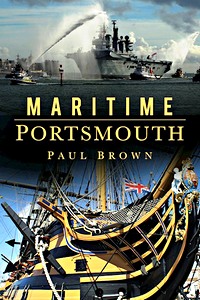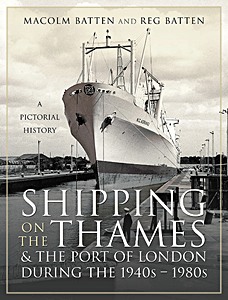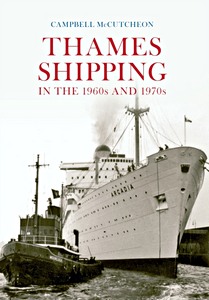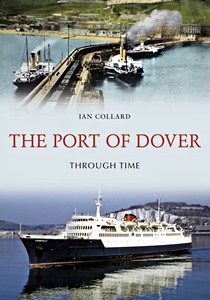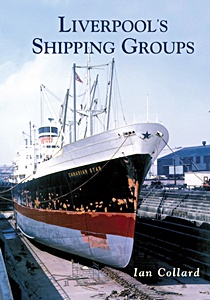London Docks in the 1960s
The 1960s were the last decade of what might be called the traditional London docks scene. Ships could still be seen in the Pool, upstream of Tower Bridge; one could see lines of ships berth at the Royal Docks.
Famous shipping companies, some like P&O dating back over a hundred years, were represented, and cargo-handling methods were unchanged.
Barges were brought in to deliver or collect cargoes, while veterans of the war years and possibly earlier could still be seen. It was still possible to see passenger ships in the Royal Docks. As the new ships appeared they were a little bigger and a little faster, but otherwise little different from their predecessors of an earlier generation.
All this is captured through Mark Lee Inman's historic and rare images, taking in the stretch from Tower Bridge right down to Tilbury. The photography is supported by a wealth of available technical detail, including the vessel's date of build, gross tonnage and ownership, along with a comprehensive summary of its history and any claims to fame.
Detalle del libro
| Autor: | Mark Lee Inman |
|---|---|
| Presentación: | 128 páginas, 23.5 x 16.5 x 1.8 cm, tapa blanda |
| Ilustración: | 220 fotos en b/n |
| Editorial: | Amberley Publishing (GB, 2017) |
| ISBN: | 9781445665849 |
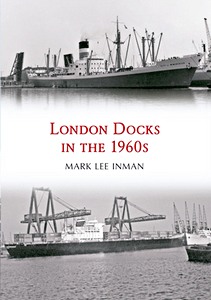
London Docks in the 1960s
Idioma: Inglés
Disponible en Amazon - pago segura y entrega rápido
Comprar en Amazon ESComprar en Amazon.com

